Fast forward to this past week. Here I am, watching YouTube videos about royal icing, cookie decorating, and marshmallow fondant (JUST SHOW ME ALL OF THE THINGS!). The video I was on ended and the next auto-played. Lo and behold, the next vid just so happened to be about MIRROR CAKES! Not only about them, but about how easy they are to make! At home! By yourself! AAHHHHHHH. Thank you, Elise. Thank. You. ?
Full disclosure: This post isn't a complete step-by-step tutorial with an included recipe. If you want the live action video of all that, please click on the video by Elise linked above. Here, you'll find the basics, some observations, and my first attempt at mirror glaze cakery. Let's do it!
First thing's first - You cook the glaze. It's not pretty or exciting, so no pics of that. After you cook it, you have to let it come down to the correct temp before applying it to the cake. Mirror cake will not be mirror cake if the mirror runs completely off when applied -that's what happens if you don't let it come to temperature.
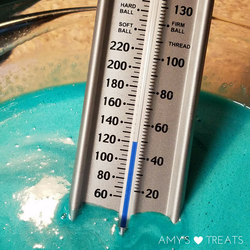
Letting the mirror glaze cool down took approximately FOREVER. And by that I mean, it took a couple of hours. It probably didn't help that the bowl was covered with plastic wrap, thereby holding the heat in, but I didn't want the glaze to form a skin if left uncovered.
Mirror glaze, mirror glaze, on the counter, who's the ... wait, what rhymes with counter?!
|
Another good thing to do while you wait is to level your cake. You'll put the cut side down so the baked (smoother) side gets the glaze on it, but this will ensure you have a level cake.
You could eat the part you cut off. And really, who wouldn't? I'm the weirdo who doesn't like red velvet cake (don't hate me), so I saved it for additional glazing practice. Note: Something as thin as the top layer will not hold up well to the glaze. I suggest you don't glaze anything of size that is so thin, or you're going to be very disappointed when you try to move it. |
To keep the fun part fun, help with cleanup, and make your lines straight, put your cake on top of a glass or bowl. Make sure this glass or bowl is on a wire rack over a cookie sheet lined with plastic wrap (more on this later).
Let the cake sit (5 minutes or so) until the glaze isn't dripping off anymore. Take an offset spatula or a knife and gently run it around the bottom edge of the cake to take the drippy glaze off the bottom.
Go ahead and give your cake another coating of the glaze if needed. It was definitely needed here.
Once you're ready to move your cake to it's final resting place (how ominous; sorry, little cake!), you'll have to carefully pick it up. I reached underneath each side with both hands and picked the cake straight up in the year, holding it gently on my fingertips. Once to the cake board, I worked one hand out by resting one end of the cake on the board, balanced the cake on one finger of other hand, and then dropped it directly down on the board by removing my finger quickly.
If you have any smears or splatters on your plate/board/whatever, wipe them clean with a damp paper towel. Add any toppings or decorations that you'd like. My recommendation: Keep it simple. These cakes are striking on their own because they're so shiny, don't cover up the shine!
Bonus: Remember your plastic wrap lined baking sheet? You can pick the plastic wrap up, carefully, and squeeze the extra glaze into a container. It'll keep in the refrigerator for a week or so. When you're ready to use it again, pop it in the microwave for 15 seconds at a time until it's at the right temperature for pouring.
Enjoy!
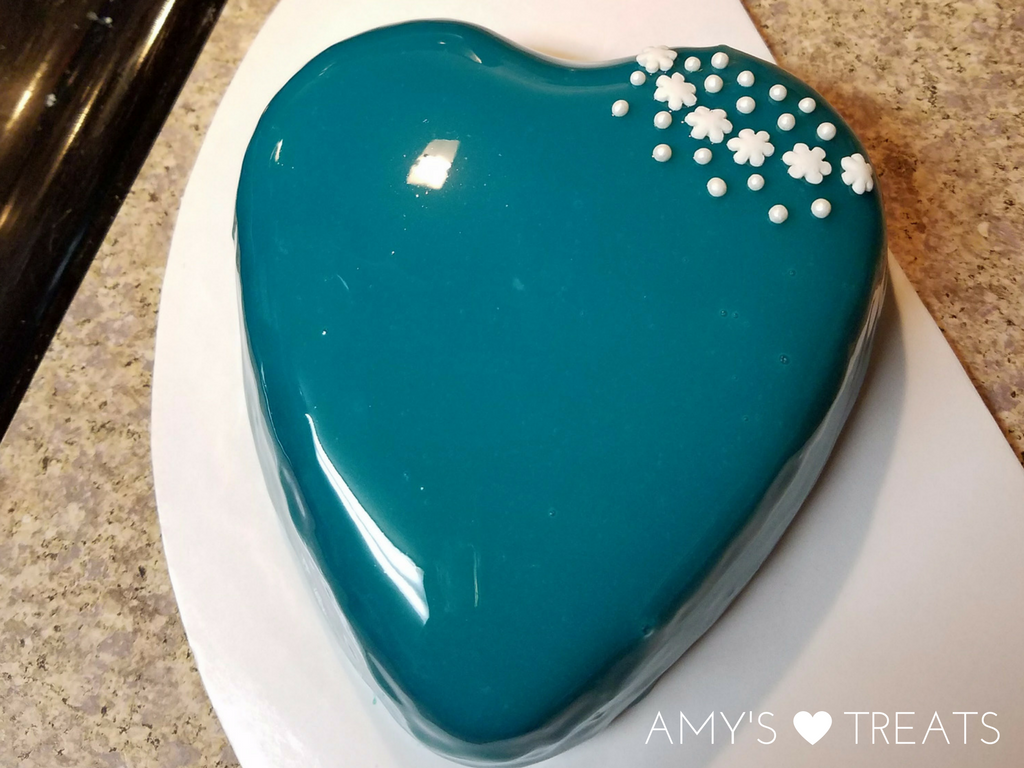
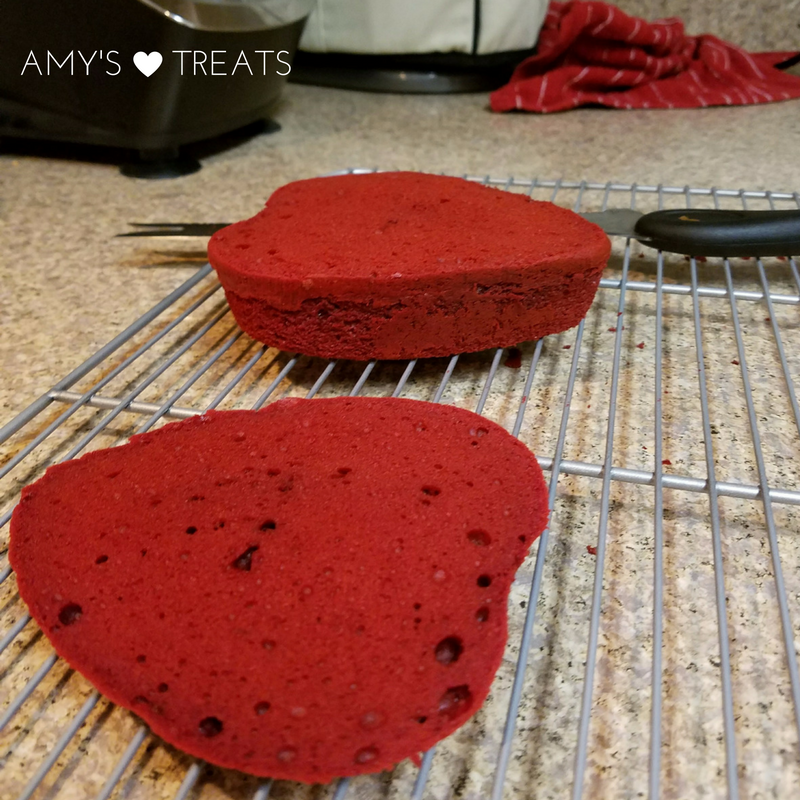
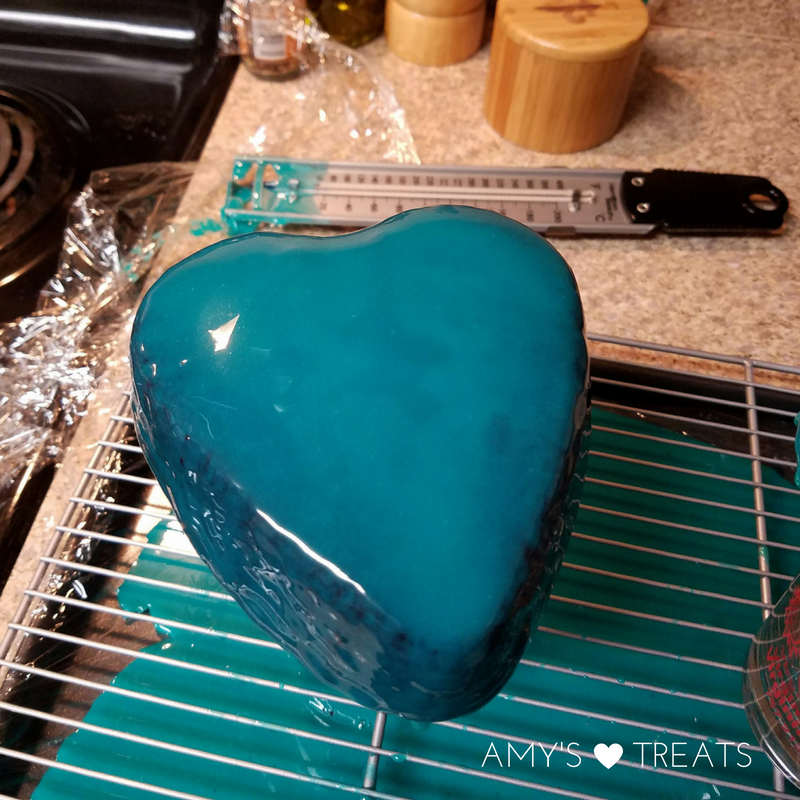
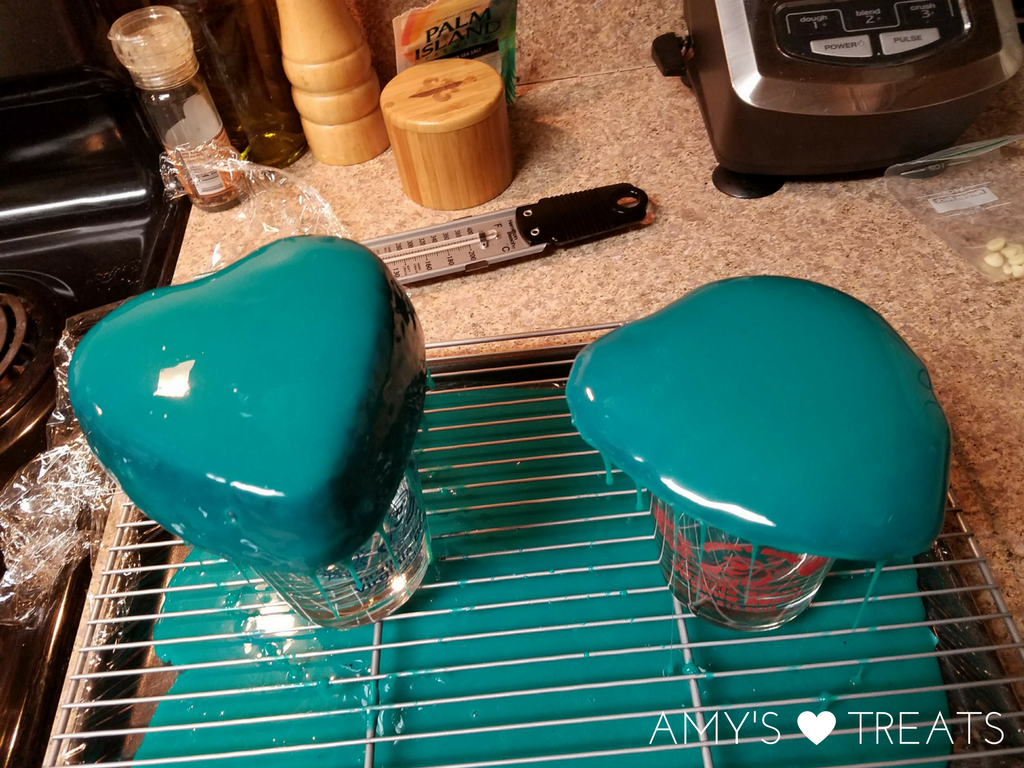
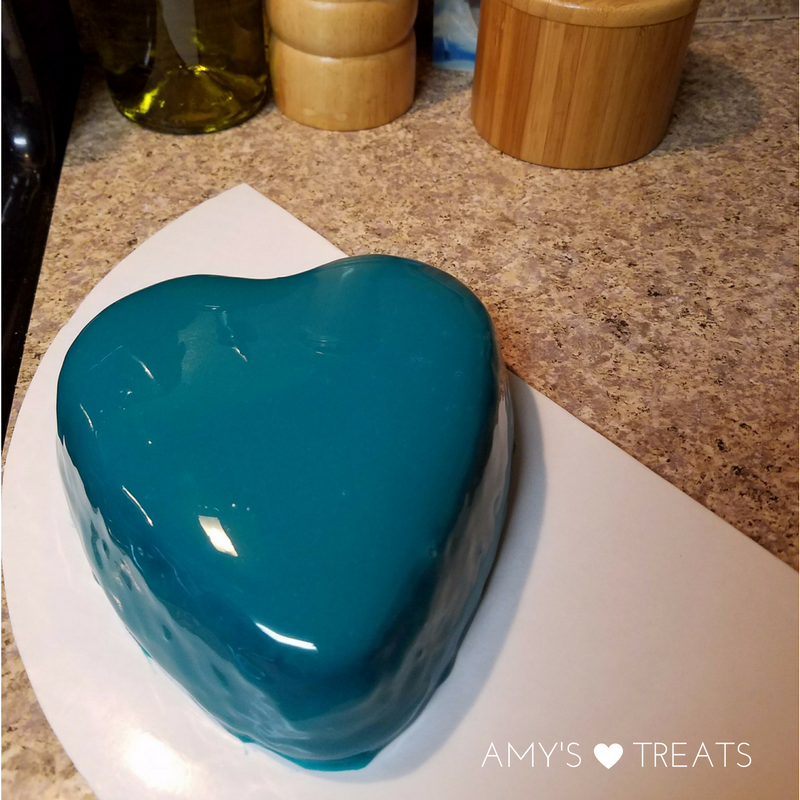

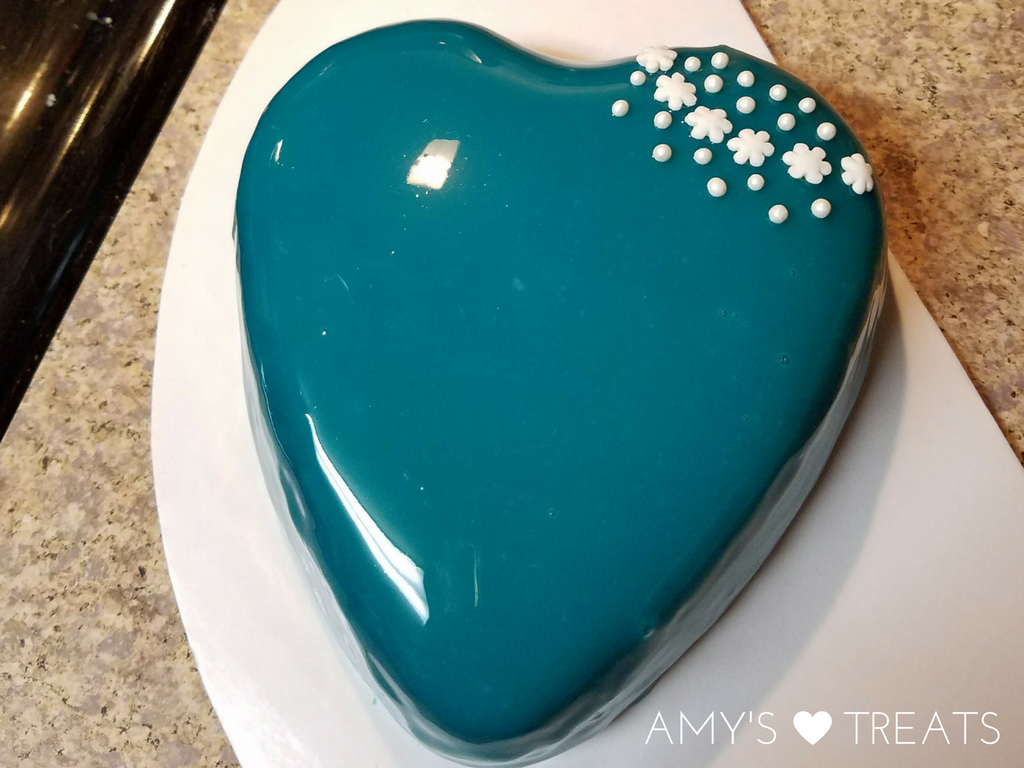


 RSS Feed
RSS Feed
